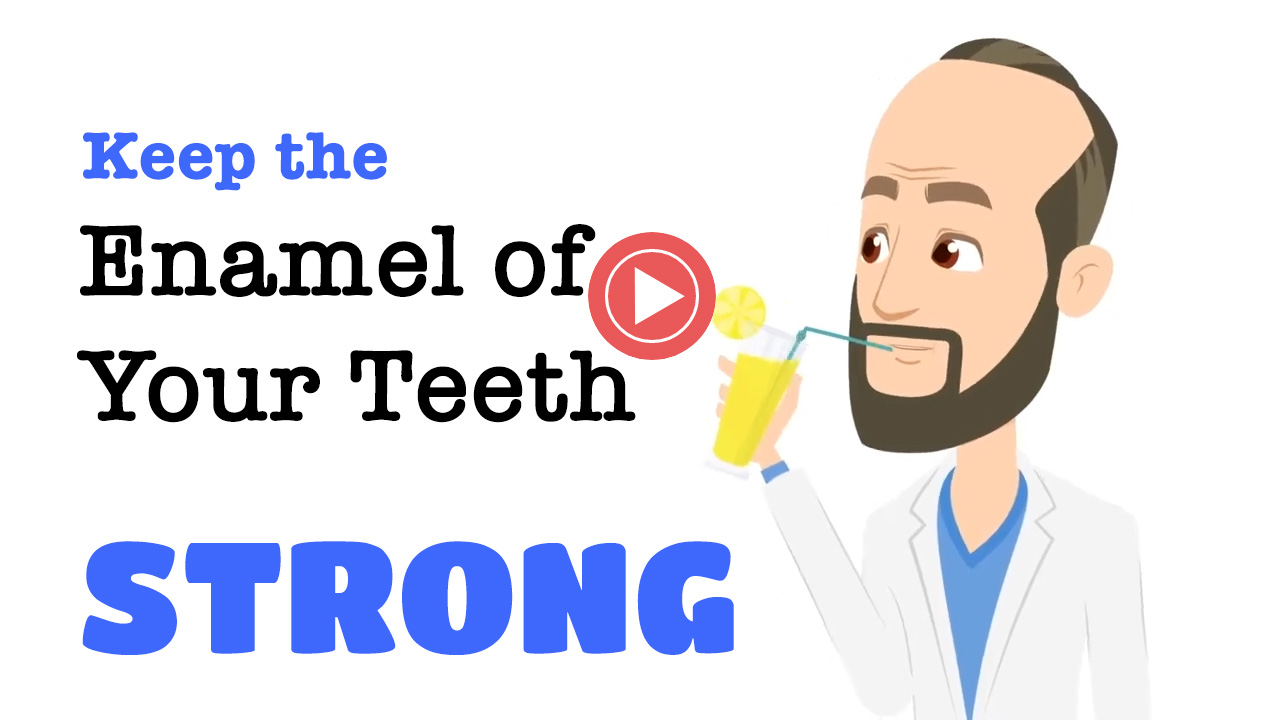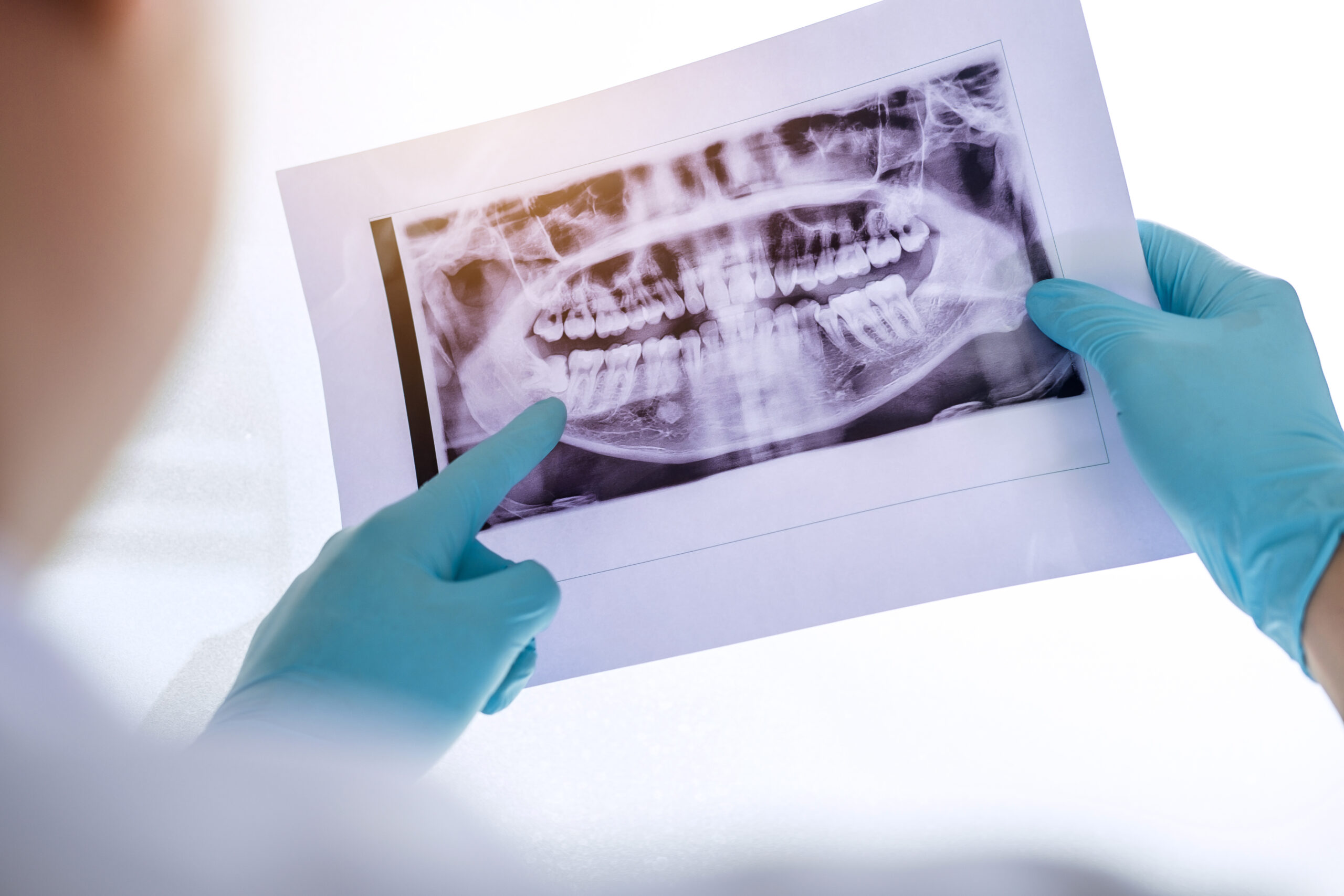MEET Provo’s Premier ORTHODONTISTS
Smile with confidence. Affordable straightening services for every member of the family.
REQUEST AN APPOINTMENT
A STAFF MEMBER WILL BE IN TOUCH WITH YOU SOON
ORTHODONTIC TREATMENTS AT EDGE ORTHODONTICS
Your family deserves the best quality of orthodontic care, and we’re here to provide it. Our hope is that our office will feel like a second home. Our bright, colorful, and spacious office is a welcoming environment – we hope you’ll come see for yourself!






